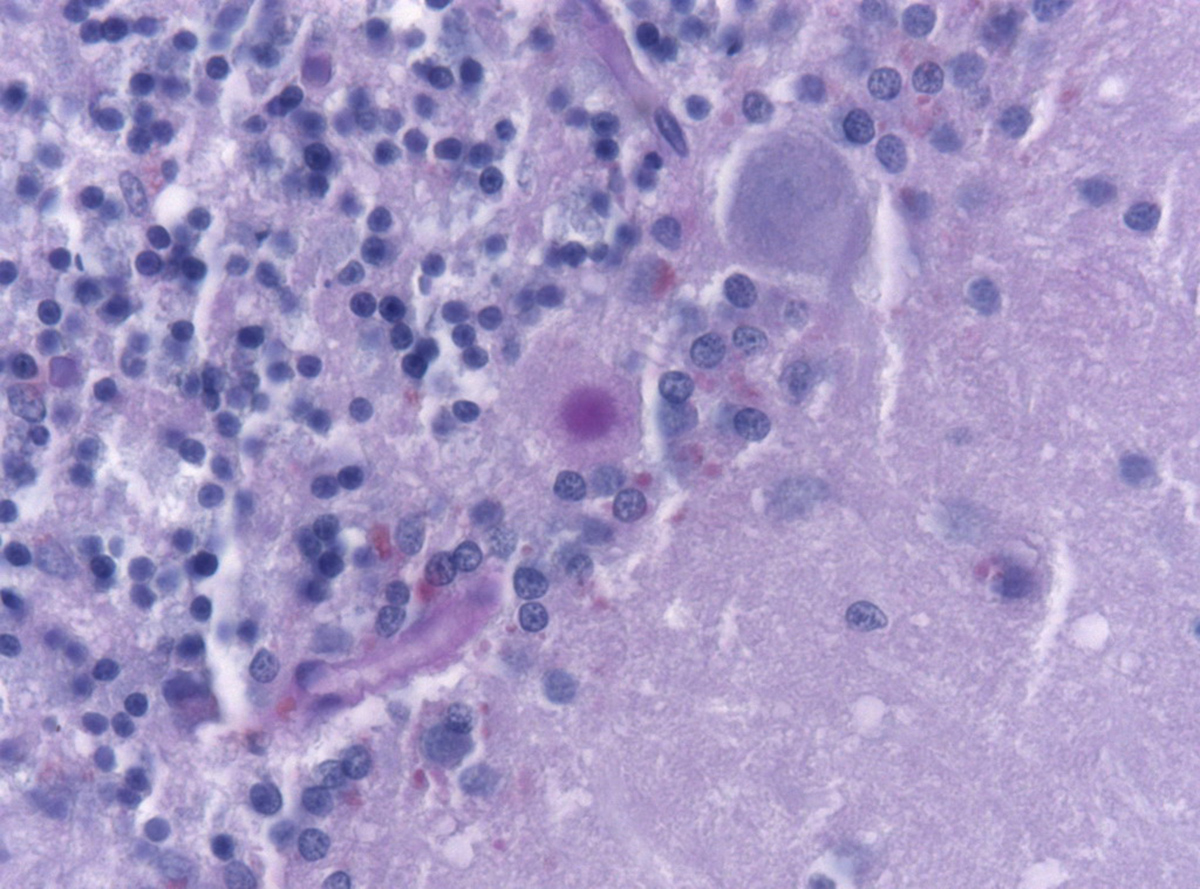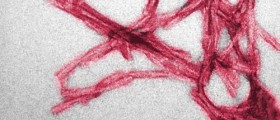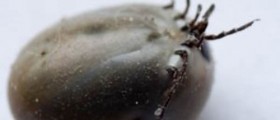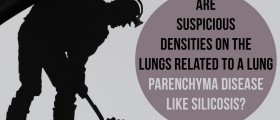
Introduction
Kuru belongs to a neurodegenerative prion protein diseases that affect humans. Apart from Kuru, additional illnesses that belong to this group include Creutzfeldt- Jacob disease, Gerstmann-Straüssler-Scheinker disease and fatal familiar insomnia.
All the human prion-caused diseases can be inherited and acquired. There are even sporadic forms of prion diseases. Kuru has been present in Fore tribes on Papua New Guinea. The very word kuru in native language means 'to shake from fear'. It is adequate as one of the symptoms of kuru disease actually is trembling. Surprisingly the disease used to affected women and children more than men.
Kuru disease was spread due to cannibalistic customs of Fore tribes. During the funeral the ones who had passed away were basically cooked as a part of a ritual and then eaten. The women mostly ate the brains and this can be a perfect explanation why they got the disease in most of the cases. Luckily, the restriction in cannibalism led to decrease in the occurrence of kuru disease. Still as incubation period lasts up to 50 years the cases of kuru disease popped up from time to time.
Cause, Symptoms and Treatment of Kuru Disease
Kuru disease is transmitted by endocanibalism. It cannot be spread in the other way. Prions are particles that are the actual cause of kuru disease. These tiny little particles are even smaller than viruses. Unfortunately, there is not sufficient evidence of how they function and this is why all the diseases that are caused by prions cannot be successfully treated. Patients usual die within certain period of time.
Kuru belongs to acquired prion diseases. Prions are present in the brain of the dead ones and when a person consumes this brain she/ he intakes the prions.
Symptoms of kuru disease include problems with coordination and balance. In the beginning these difficulties are not so severe but they tend to progress in time. Eventually, cerebellar ataxia occurs. This symptom is actually a specific form of walk. Patients also develop difficulties with swallowing which reflects in undernourishment and finally starvation. Generalized tremor is present as well.
There is no treatment for kuru disease. The lethal outcome occurs within two years after the initial symptoms have occurred. The very incubation period can range from 5 to even 50 years. The patients can only be helped with certain supportive therapy. In the beginning the food can be given via feeding tubes and in later stages of the disease intravenous fluids and certain medications can only partially reduce the horrible symptoms of this disease.











_f_280x120.jpg)





Your thoughts on this
Loading...